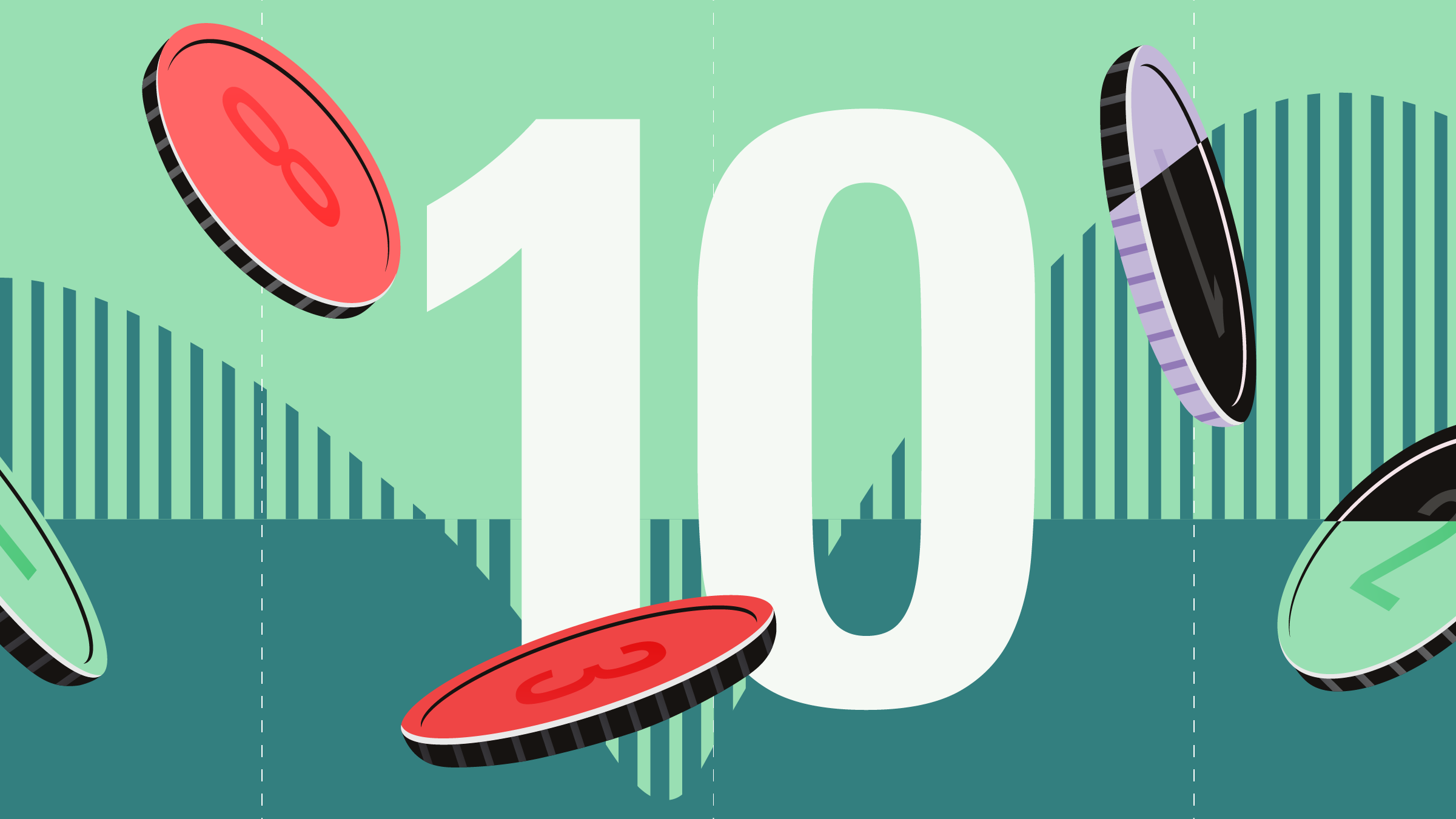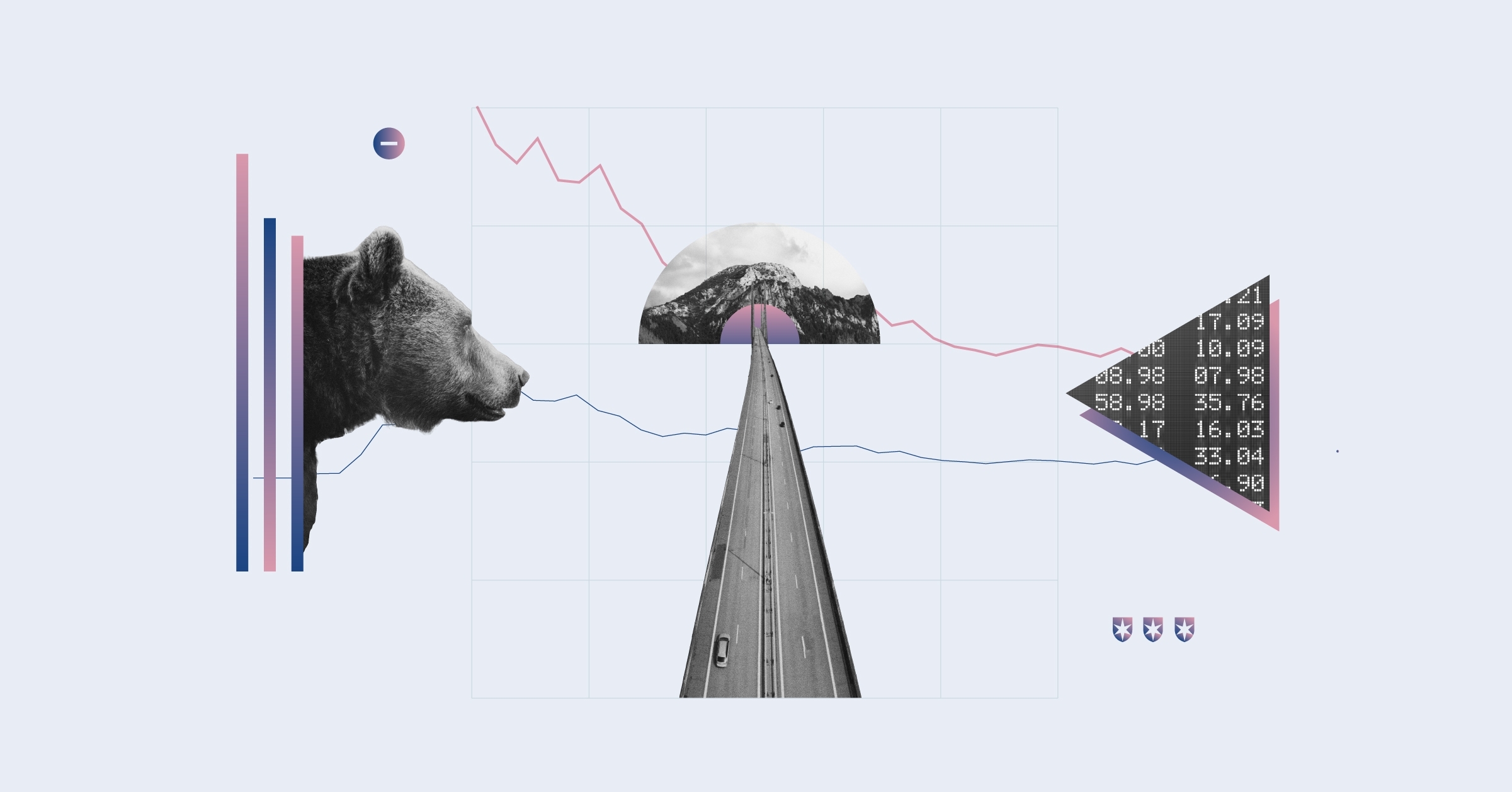High yield debt refers to anything that is below investment grade, otherwise known as ‘junk status’, typically including a range of corporations that do not have the strength to their balance sheet to be considered above the threshold by the rating agencies – for S&P, ‘junk’ is BB or lower.
This status means that the weaker corporations have a higher cost of funding to compensate investors for the risk and in many cases investors are over-compensated. This has the potential to deliver higher returns for investors than traditional government debt and can result in ‘junk’ being a good investment.

There is a lot of discussion at the present time about the recent rally of high yields debt and the persistence it may have. Key to this will be a number of variables including the ongoing state of the default cycle, the change in interest rates and the status of yields.
The latter is particularly important in this regard, as we have seen a significant drop in the starting yield over the course of 2016 and 2017. In fact, the yield has fallen from over 9.3% to approximately 6.0% over the 15-month period from January 2016 to April 2017.

With the nominal yield now near the lowest level in history, many are beginning to wonder whether a drawdown shock could prevail. There are many ways one can tackle such a debate, however some historical perspective on the relationship between yields and returns will undoubtedly help.
How Predictive is the Starting Yield?
Some readers will recall the chart which we shared last month in our global investment strategy report. We took 60 years of evidence using the IMF government bond data from 6 nations; U.S., U.K., Germany, Canada, Australia, Belgium and South Africa, and showed an incredibly strong relationship between the starting yield of government debt and the subsequent total return.

The natural extension would be to test whether the same relationship applies to “riskier” asset classes. High yield debt would fit this category and has one of the longest data series available, albeit only back to 1986, making it an interesting case study to see if the same relationship holds.
The result showed a positive relationship with an r-squared of 0.35. This is significantly weaker than the government bond case study noted above, however it continues to validate the logic that a higher yield translates into higher returns.

Remembering that long term interest rates have less of an impact on high yield than changes in profitability could explain part of the divergence. Specifically, while lower interest rates may reduce the cashflow impact of borrowing, making debt more sustainable, the range of outcomes for high yield naturally needs to account for higher default rates.
To account for this ‘credit risk’, we can equally run the same analysis on the ‘spread’ between high yield debt and government debt, which would be an effective way of normalising against the interest rate cycle. The idea in doing this is to isolate the ‘credit risk’ component and test whether a higher yield still results in higher average performance. We found a very similar outcome in this regard, with the r-squared of 0.30 and a positive relationship being maintained.
Therefore, the key is to buy ‘junk’ only when yields and spreads are high, ensuring that one is over-compensated for the risk they are taking and applying a margin of safety where possible.
Bring this into today’s context, it should not surprise that the falling yields have dampened our conviction in the ability for “junk” to be our “treasure”. More specifically, we have reduced our exposure significantly as the sharp recovery in prices frustratingly required us to reduce exposure much faster than planned, we had only increased our exposure to high yield at the beginning of last year.
High yield debt now offers similar prospective returns to U.S. government nominal debt despite far greater risk.





























